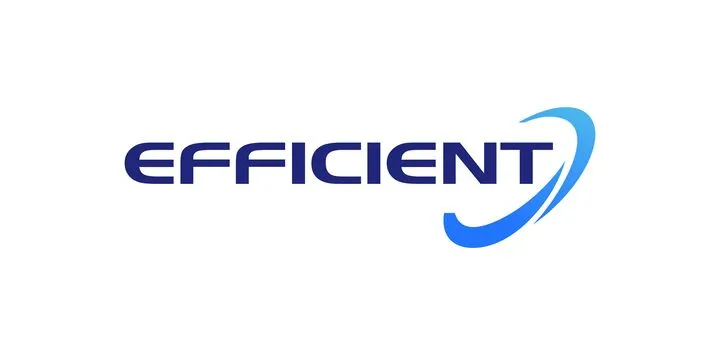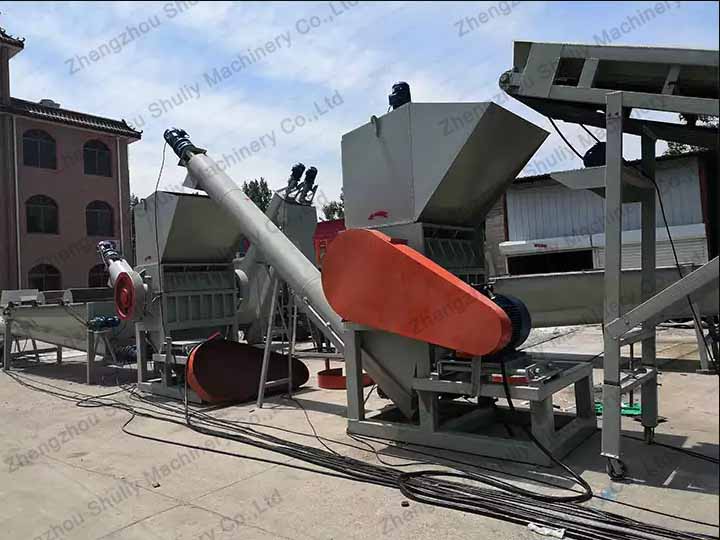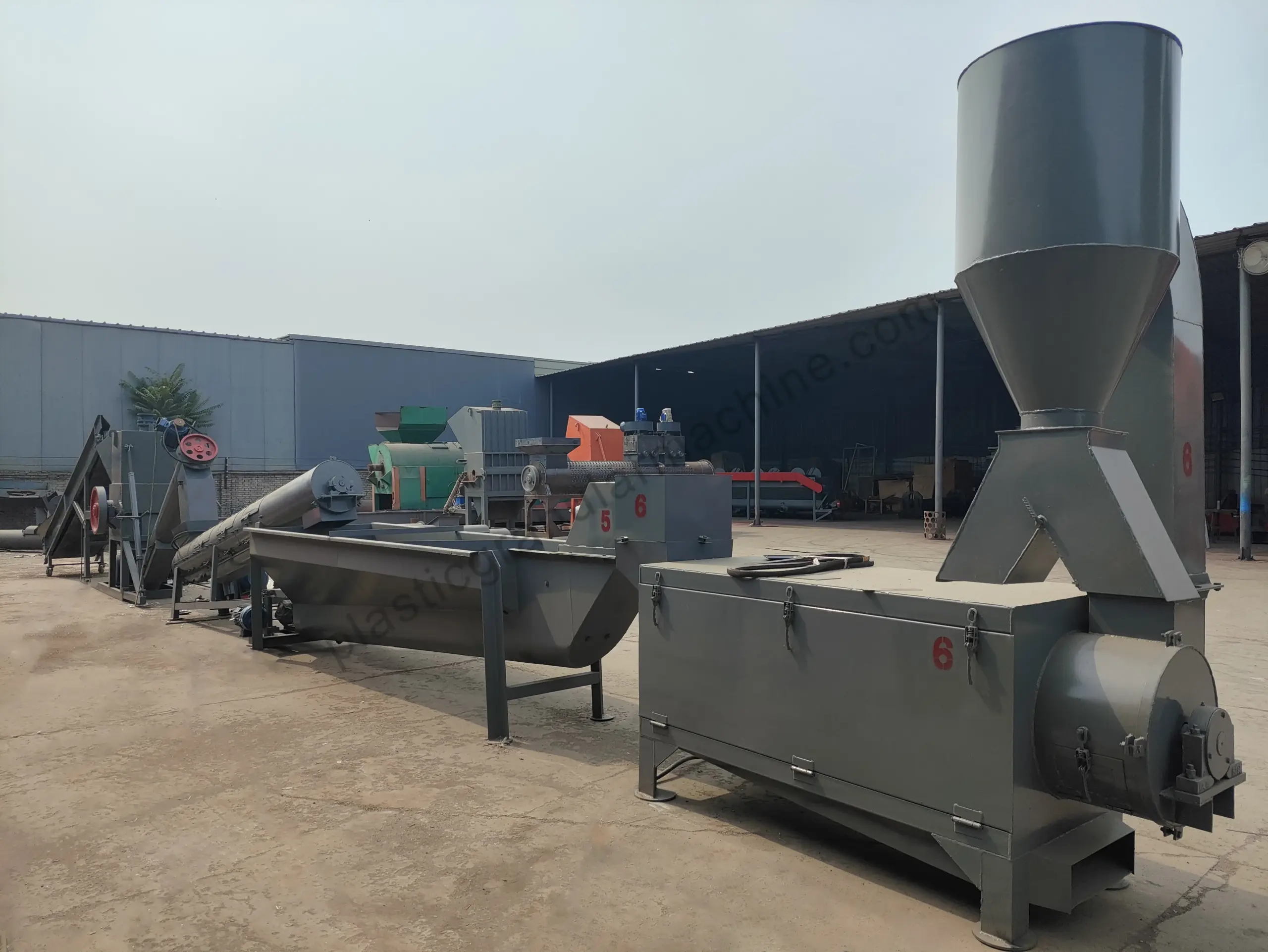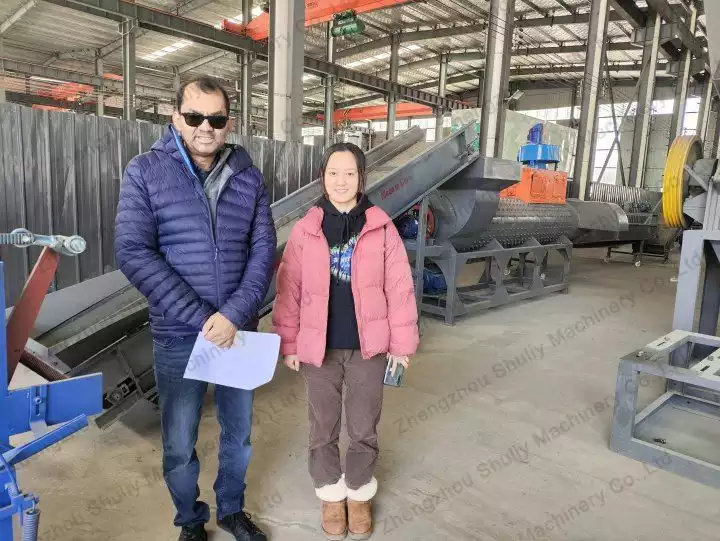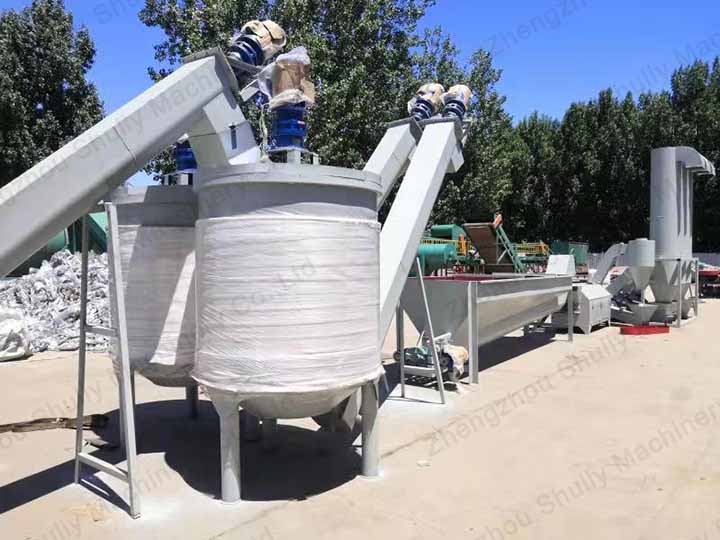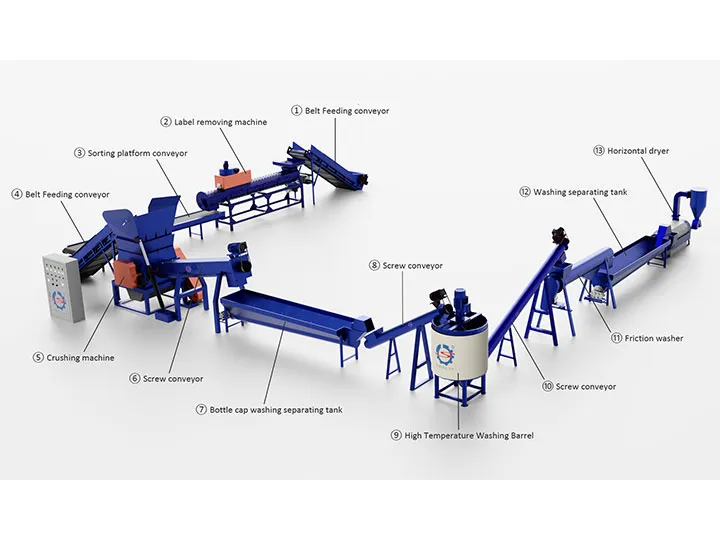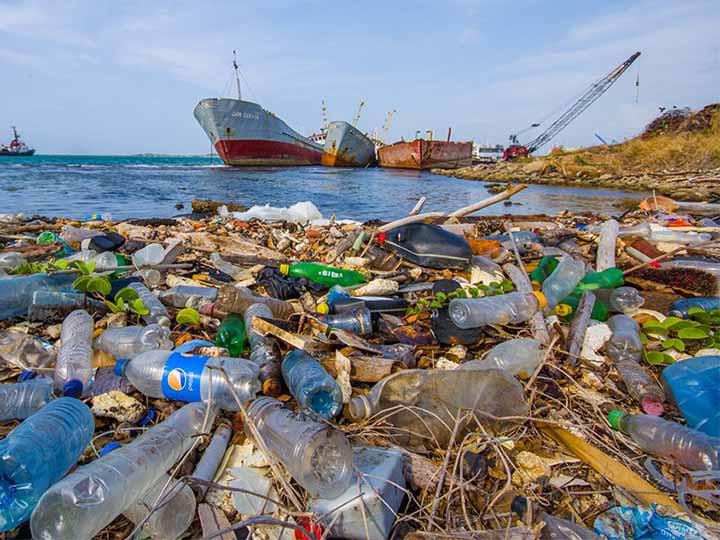Coca-Cola’s endeavor for PET bottle recycling: moving toward 100 % Recycling and Reuse
In today’s society, as food and beverage packaging becomes a part of life, it is important to face up to its impact on the environment. The main materials of packaging materials are PET, PP, PE and so on. Large corporations have been embarking on sustainable packaging programs, with Coca-Cola being at the forefront. Recently, Coca-Cola announced an ambitious strategic goal to recycle and reuse 100 percent of the packaging the company uses by 2030. The Coca-Cola bottle is made from PET, which is the main material to recycling.

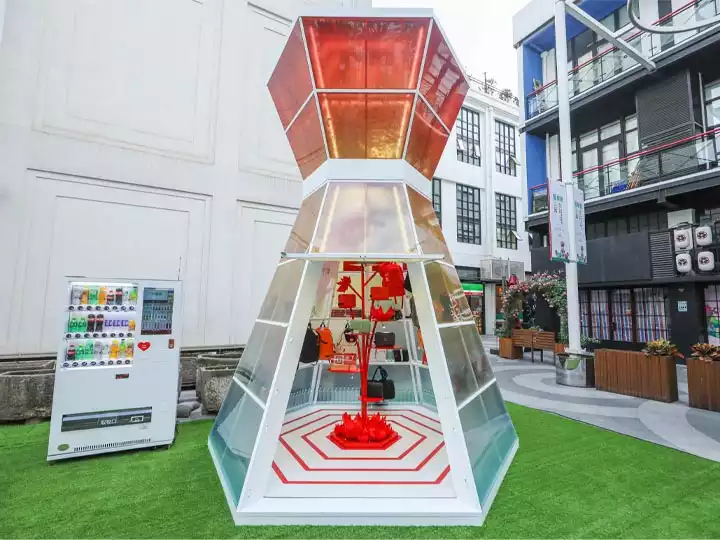
Why is PET bottle recycling so important?
With the increase in its waste, packaging waste puts a non-negligible strain on the environment. Plastic waste adversely affects the environment in many ways. It pollutes land and water bodies and damages ecosystems, while accidental ingestion of plastic waste by wildlife may lead to an existential crisis. In addition, waste incineration and the production of plastic products release harmful gases that affect air quality and the climate. Marine litter creates huge garbage belts that are damaging to marine ecology and the economy, while society has to bear the costs of waste disposal and clean-up.
Measures for sustainable waste management, recycling and reduction of single-use plastics are therefore essential to mitigate these adverse impacts. Recognizing this reality, The Coca-Cola Company is committed to promoting the recycling of packaging materials to reduce plastic waste.
Coca-Cola’s global sustainable packaging strategy
The core objective of the company’s global sustainable packaging strategy is to recycle and reuse 100 percent of all packaging used by 2030, including PET bottles, PP plastic caps and PVC labels. To achieve this ambitious goal, Coca-Cola has taken a number of important steps.
- Recycling Program Support. The Company actively supports and participates in various recycling programs to encourage people to take part in recycling actions by funding recycling facilities, providing recycling bins and promoting a recycling culture.
- Sustainable Packaging Advocacy. Promote the use of bottles made of recycled PET materials ( PET flakes crushed and cleaned by recycling machines from used PET bottles) to reduce the demand for virgin plastic resources, thereby reducing the generation of plastic waste.
- Partnerships. Collaborate with government agencies, non-governmental organizations and other stakeholders to promote the PET bottle recycling and to provide broader support and resources for sustainable packaging goals.
- Investment and R&D. The company continues to invest in research and development to improve PET bottle recycling and sustainable packaging technologies to increase efficiency and reduce environmental impact.
Conclusion
Coca-Cola’s 2030 Global Sustainable Packaging Goal is a great commitment that will go a long way in advancing the cause of plastic recycling. This initiative will help mitigate the negative impact of packaging on the environment and highlights Coca-Cola’s commitment to social and environmental responsibility. It is also a model that will inspire other companies to take positive action on sustainable packaging and do their part for the future of the planet.
